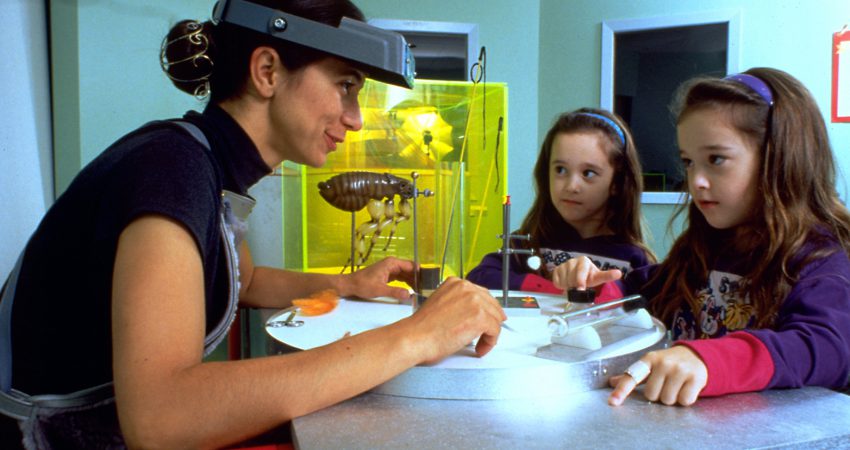
By Elaine Regan - March 2011
PAPER CITATION
Smith, L. (2009). Identifying behaviors to target during zoo visits. Curator: The Museum Journal, 52(1), 101–115.
This paper will be of value to ISE professionals interested in designing communication strategies in order to influence visitor behaviour. The author draws on persuasive communication theory to discuss the design and delivery of messages to target behaviours. This study reflects on the difficulties encountered during a process of identifying and prioritizing behaviours to target in zoo contexts.
How we think and, subsequently, how we behave is influenced by others, from reflections on what is happening around us to resources, information, advice, and interactions. It is the goal of many informal education settings to influence visitors in terms of interest, attitudes, and behaviours. The author of this paper writes from the perspective of zoo experiences in Australia where the need for behavioural outcomes from zoo experiences has been expressed, particularly in relation to conservation. The most typical practices within the zoo context include volunteerism, participation in conservation efforts, and making donations to conservation efforts. Studies have yet to identify long-term behavioural impact from visits to zoos, which the author feels is best explained by the absence of the application of persuasive communication theory in the design and delivery of information to target behaviour.
Persuasive communication theory has been applied successfully in recreation and tourism settings by identifying the target behaviour sought in each communication campaign and then determining influential messages and how to deliver them to successfully target particular behaviours. This paper derives a list of behaviours that zoo staff see as important, using five Nominal Group Technique sessions with staff from different zoos.
The participants identified several priorities in on-site and off-site visitor behaviours and similarities were visible between both, the most notable of which were "acts of donation," "volunteering," "reduce/reuse/recycle," and "buying green." None of the zoos had previously considered designing a communication strategy to target a behaviour and tended to inform visitors of general rather than specific actions to undertake. Consequently, the most difficult part of the process was maintaining the focus of the participants on conservation behaviours. Many of the outcomes listed were related to learning and attitude change and, where behaviors were identified, they were too general (e.g., "live more sustainably"). The author presents a table of suggestions for possible behaviours: for example, to target reduce/reuse/recycle, ask visitors to sort their rubbish at home into correct bins. Difficulty identifying behaviours for visitors rather than actions the zoo should take was also evident.
Using the nominal group technique as a tool has particularly relevance to ISE as it provides a structure and means of discussing the importance of informal contexts and the role of communication in contributing to outcomes, particularly in relation to changing behavior because knowledge and attitude change are the means towards the end. Utilising a persuasive theory approach to communication could increase the likelihood that visitors will perform the targeted behaviours.




